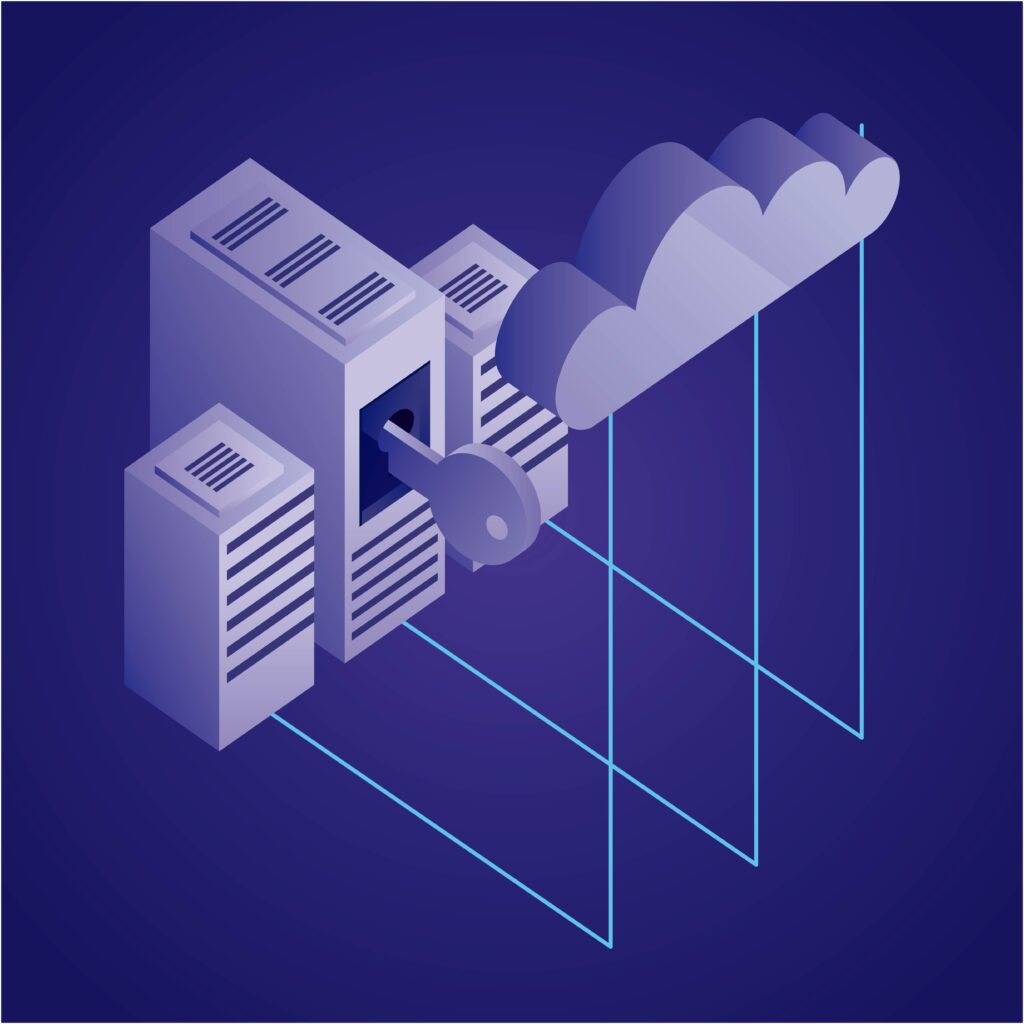What is the difference between horizontal and vertical scaling with respect to load balancers?
By Pooja | 1st July 2025

Horizontal Scaling
- Horizontal scaling, or scaling out, is a process of adding additional resources (e.g., servers, instances) to a system to make it larger. Horizontal scaling using load balancers usually means:
- Increasing the number of servers: Additional servers are added to the pool of the load balancer, enabling the system to take more traffic.
- Redirecting traffic: The load balancer spreads traffic across the extra servers so that no individual server gets overwhelmed.
- Advantages of Horizontal Scaling
Horizontal scaling has various advantages, including:
- Scalability in capacity: Horizontal scaling makes it easy to increase the capacity of your system by adding servers to it, hence making it easy to support heavy volumes of traffic.
- Enhanced availability: Horizontal scaling can enhance the availability of your application since traffic is distributed across several servers, allowing traffic to be rerouted to other servers in case one of them is not available.
- Flexibility: Horizontal scaling is flexible since you can either add or take away servers according to fluctuating traffic patterns.
- Challenges of Horizontal Scaling
- More complexity: Horizontal scaling tends to make your system more complex as you will have to deal with more than one server and ensure they are well configured and load-balanced.
- Increased costs: Horizontal scaling may be more costly, since you will have to provision and keep more servers.
Example:
You have 3 web servers behind a load balancer. Traffic surges, so you spin up 3 more. The load balancer now balances traffic across 6 servers
Vertical Scaling
Horizontal scaling, or scaling out, is a process of adding additional resources (e.g., servers, instances) to a system to make it larger. Horizontal scaling using load balancers usually means:
- Increasing the number of servers: Additional servers are added to the pool of the load balancer, enabling the system to take more traffic.
- Redirecting traffic: The load balancer spreads traffic across the extra servers so that no individual server gets overwhelmed
- Advantages of Horizontal Scaling
Horizontal scaling has various advantages, including:
- Scalability in capacity: Horizontal scaling makes it easy to increase the capacity of your system by adding servers to it, hence making it easy to support heavy volumes of traffic.
- Enhanced availability: Horizontal scaling can enhance the availability of your application since traffic is distributed across several servers, allowing traffic to be rerouted to other servers in case one of them is not available.
- Flexibility: Horizontal scaling is flexible since you can either add or take away servers according to fluctuating traffic patterns.
- Challenges of Horizontal Scaling
- More complexity: Horizontal scaling tends to make your system more complex as you will have to deal with more than one server and ensure they are well configured and load-balanced.
- Increased costs: Horizontal scaling may be more costly, since you will have to provision and keep more servers.
Example:
You have 3 web servers behind a load balancer. Traffic surges, so you spin up 3 more. The load balancer now balances traffic across 6 servers
Selecting Horizontal or Vertical Scaling
When making a decision between horizontal and vertical scaling, take the following into consideration:
- Traffic growth: If traffic growth is anticipated to be high and long-term, horizontal scaling could be more appropriate.
- Resource utilization: If current servers are not being utilized fully, vertical scaling could prove to be less expensive.
- System requirements: Take into consideration specific requirements of your system, such as performance, availability, and scalability requirements.
Table
Feature | Horizontal Scaling | Vertical Scaling |
Method | Add more servers | Add more resources to a server |
Load Balancer Role | Distributes across nodes | May still be used, but fewer nodes |
Fault Tolerance | High | Low (if only one server) |
Complexity | Higher | Lower |
Scalability Limit | Very high (theoretically) | Limited by hardware |
Downtime Required | No | Often yes |
Conclusion
Horizontal and vertical scaling are two distinct strategies for increasing system capacity and managing traffic through load balancers:
Horizontal scaling involves adding more servers and is ideal for systems that need high availability, fault tolerance, and long-term scalability. Load balancers play a critical role by distributing traffic across multiple servers.
Vertical scaling enhances the capacity of existing servers by upgrading their hardware. It is simpler to manage and can be more cost-effective in the short term but is limited by hardware constraints and may require downtime during upgrades.
Choosing the right scaling approach depends on your application’s needs, expected traffic growth, infrastructure complexity, and cost considerations. In many real-world scenarios, a hybrid strategy—starting with vertical scaling and transitioning to horizontal scaling as demand increases—is often the most effective.
